A healthy garden truly starts with the soil beneath your feet. Whether you’re growing food to feed your family or simply want to be self-sufficient, having nutrient-rich soil is the foundation for a thriving garden. And the best part? You don’t need to rely on synthetic fertilizers or pricey equipment.
There are so many simple, DIY methods that naturally enhance your soil, ensuring you’re ready for whatever may come. These techniques not only create a stronger garden but also give you peace of mind, knowing you’re prepared and doing your part to care for the environment. Here are 10 cost-effective ways to improve your soil that anyone can do.
Composting Kitchen Scraps
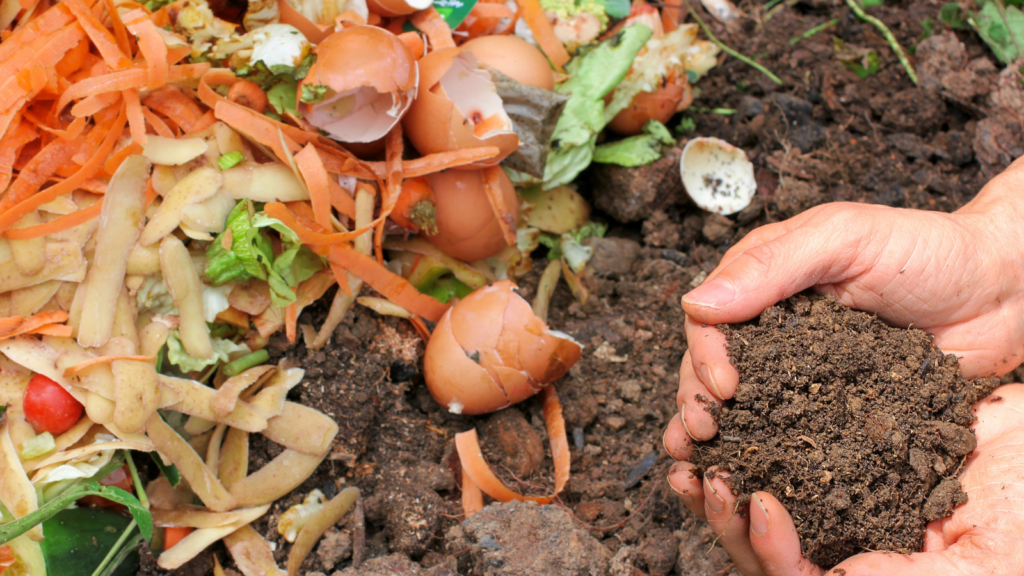
One of my favorite ways to improve soil is by composting kitchen scraps. Instead of tossing those veggie peels or coffee grounds, I toss them into a compost bin where they decompose into nutrient-rich compost. This “black gold” not only enriches the soil but also boosts its structure, helping with water retention and plant health. It’s an easy habit to start, and it makes your soil come alive. Plus, it cuts down on household waste—an added bonus for a self-sufficient lifestyle!
Add Aged Manure

If you have access to aged manure from livestock like chickens, cows, or horses, you’ve got a gold mine for your soil. This natural fertilizer is loaded with nutrients like nitrogen, phosphorus, and potassium, which plants crave. But remember, fresh manure can burn plants or harbor harmful bacteria, so it’s crucial to use well-aged manure. I’ve found it not only improves nutrient levels but also boosts the soil’s ability to hold moisture, which is a huge benefit, especially in dry seasons.
Use Coffee Grounds

I never let coffee grounds go to waste. Used coffee grounds are a fantastic, nitrogen-rich resource for the garden, especially for leafy greens. They also help break up heavy, clay soils and improve water retention. Just sprinkle them over the garden or mix them into the soil. Be mindful not to go overboard, though, as too much can raise soil acidity. It’s a perfect example of using what you have to strengthen your land.
Plant Cover Crops
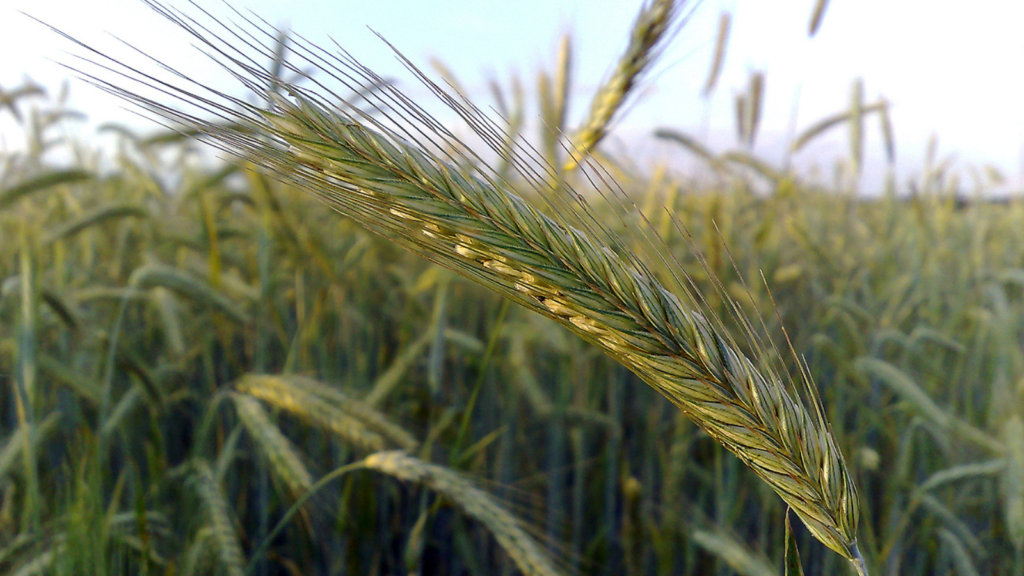
Cover crops are an underutilized but powerful way to protect and enhance soil. Crops like rye, clover, or peas are grown during the off-season and then tilled into the soil to decompose, adding organic matter and fixing nitrogen. This not only improves soil structure but prevents erosion and keeps the land fertile. It’s a smart move for long-term soil health, making sure your garden is always ready to produce when needed.
Mulch with Organic Materials
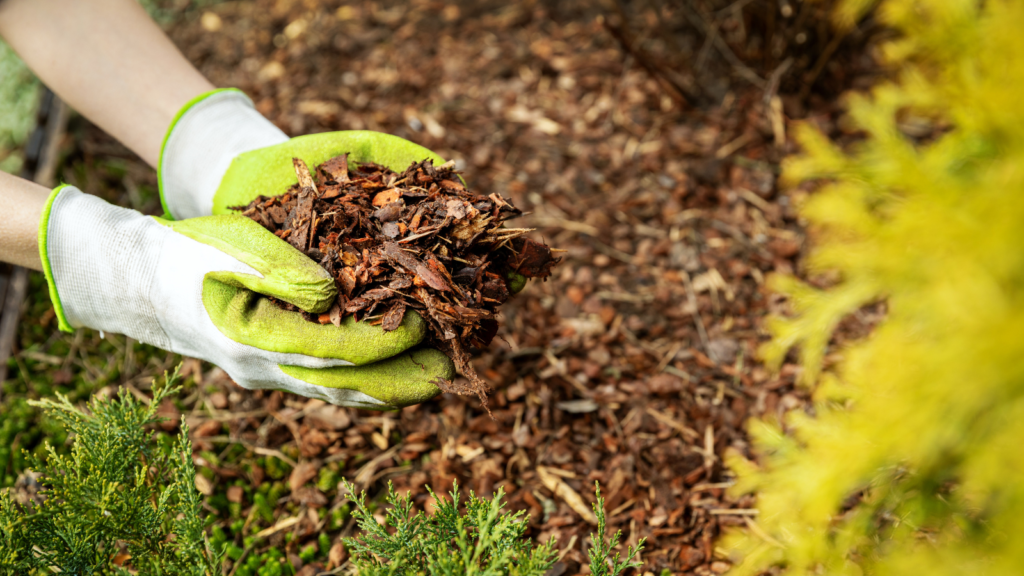
Mulching is an easy, inexpensive trick that does wonders for your soil. I use whatever I have on hand—straw, leaves, or wood chips—to cover my garden beds. This layer locks in moisture, prevents erosion, and keeps weeds at bay. And as it breaks down, it adds valuable organic material to the soil. It’s a simple technique that’s essential for any garden, large or small.
Worm Composting (Vermiculture)
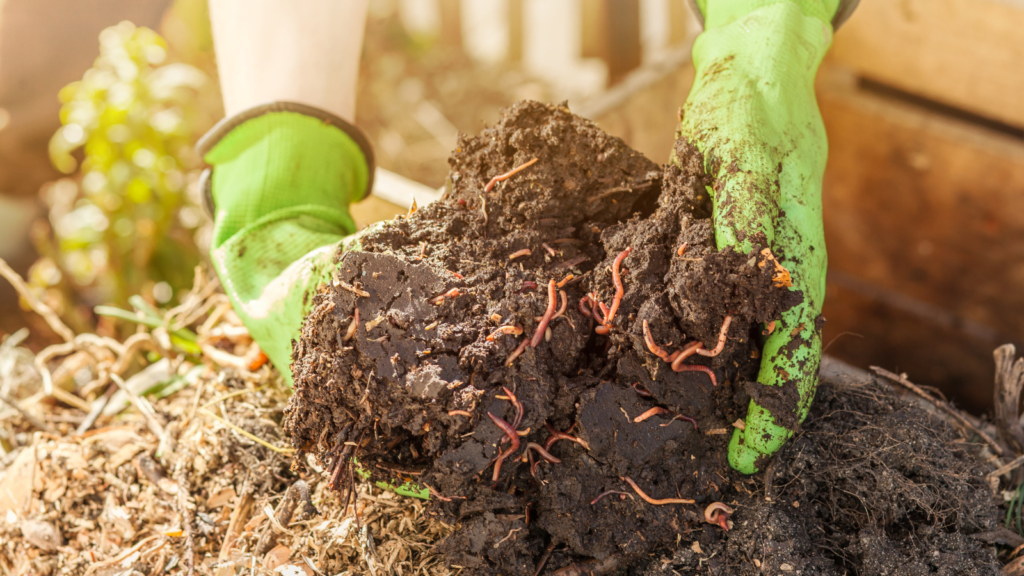
Worm composting is a fun and incredibly efficient way to turn kitchen scraps into rich compost. Worms speed up the decomposition process, producing worm castings that are loaded with nutrients. What I love about vermiculture is how it boosts soil life. The castings improve microbial activity in the soil, which in turn makes plants healthier and more resilient. Plus, it’s a great way to recycle food scraps without much effort.
Incorporate Green Manure
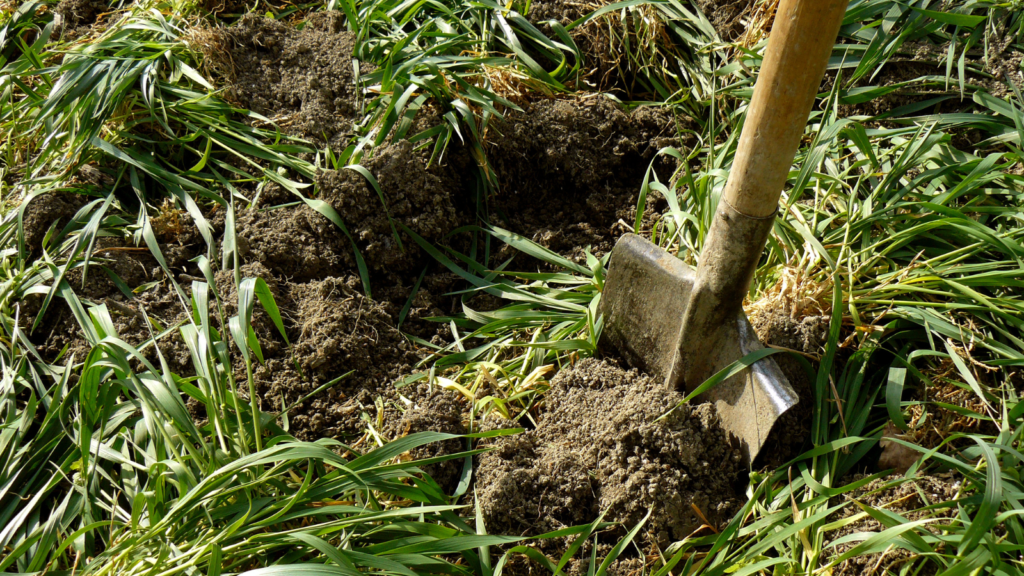
Green manure is another fantastic way to build up soil nutrients without relying on store-bought fertilizers. I grow specific plants like legumes, then till them into the soil while they’re still green. As they decompose, they release essential nutrients, particularly nitrogen, which plants love. It’s an effective, natural way to improve soil structure and fertility, and it fits perfectly into a self-reliant, sustainable lifestyle.
Test and Adjust Soil pH

It’s a good idea to test your soil’s pH to ensure it’s in the right range for the plants you’re growing. Most vegetables and flowers prefer a slightly acidic to neutral soil (a pH between 6.0 and 7.0). If it’s too acidic, I add lime to bring it up, and if it’s too alkaline, I use sulfur to lower it. Adjusting pH ensures plants can absorb nutrients properly, and that means healthier, more productive crops for your table.
Rotate Your Crops
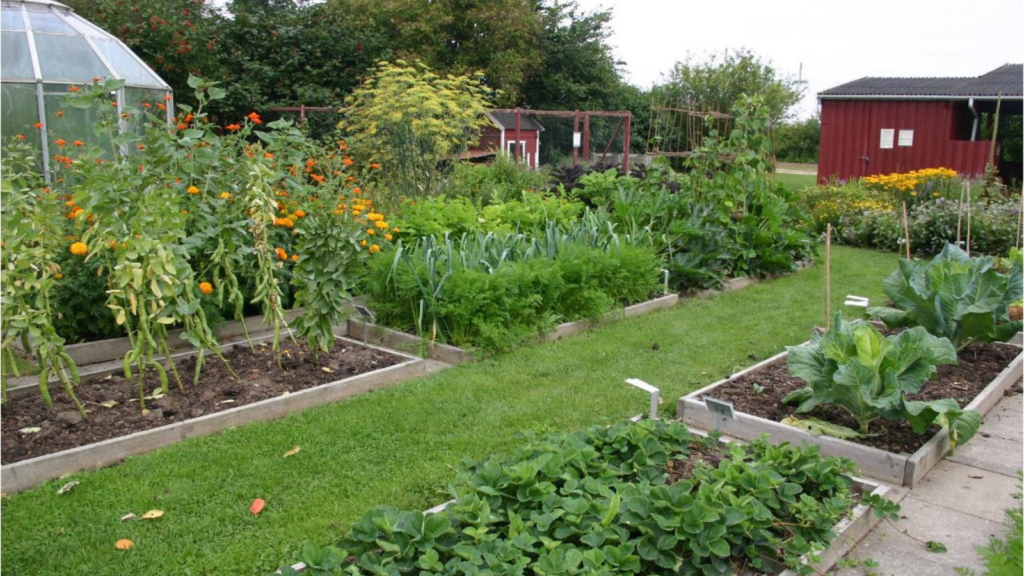
Crop rotation is something I swear by, not just to keep the soil healthy but also to ward off pests and diseases. By rotating the type of crops you plant each year, you avoid depleting specific nutrients and break the cycle of pests that might otherwise build up in the soil. It’s an ancient practice that’s just as valuable today for keeping the garden thriving year after year.
Incorporate Organic Fertilizers
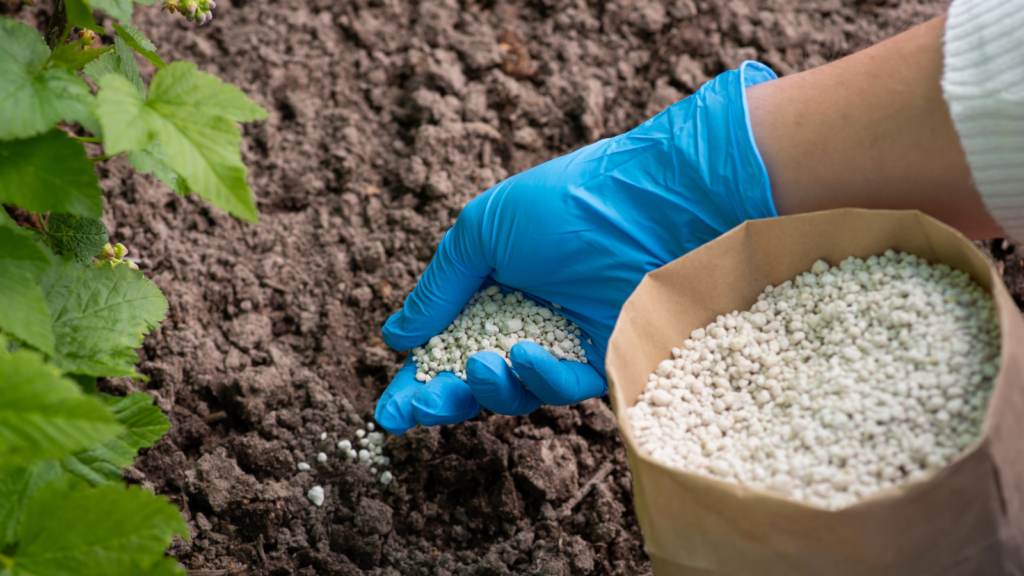
Sometimes the soil needs a little extra boost, and that’s where organic fertilizers come in. I like using bone meal, fish emulsion, or seaweed extracts. These fertilizers release nutrients slowly, giving your plants a steady supply of what they need. Plus, organic fertilizers are gentle on the soil and environment, unlike synthetic fertilizers that can strip the land over time. It’s all about working with nature, not against it.

